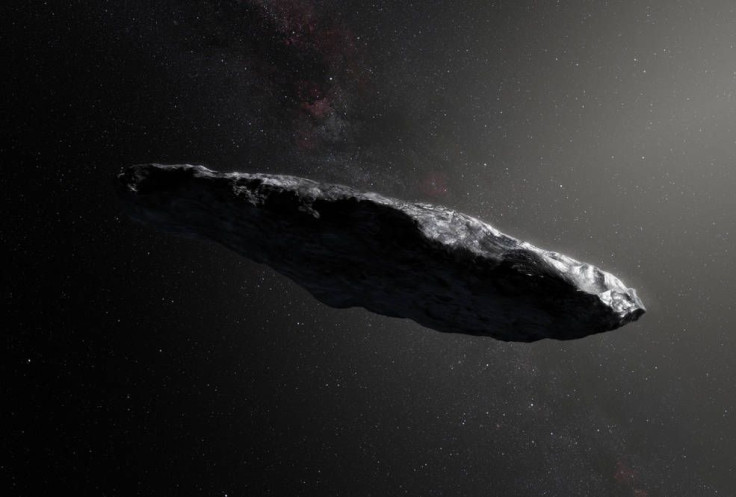Astronomers Discover Second Interstellar Object To Enter Solar System

Astronomers and NASA have detected a comet that may have come from a different solar system. If it really originated from another system, it would be the second interstellar object to enter Earth’s neighborhood after Oumuamua.
The cosmic object was first discovered by skywatcher Gennady Borisov of the MARGO Observatory in Crimea. Through observations, the object was identified as a comet and named as C/2019 Q4 Borisov.
Usually, asteroids and comets within the Solar System follow an elliptical orbit around the Sun. Occasionally, these objects deviate from their orbits due to the gravitational forces exerted by nearby large objects such as planets.
C/2019 Q4 Borisov, on the other hand, has a very different orbital path. According to a memo released by the International Astronomical Union’s Minor Planet Center, the comet follows a hyperbolic path that extends into the Solar System. This means that eventually, the comet will leave Earth’s neighborhood and return to its own system.
“Based on the available observations, the orbit solution for this object has converged to the hyperbolic elements shown below, which would indicate an interstellar origin,” the organization stated in the memo.
Currently, C/2019 Q4 Borisov is about 260 million miles from the Sun. It is expected to reach its closest point to the Sun on Dec. 8 at a distance of around 190 million miles.
Aside from the object’s orbital path, NASA noted that C/2019 Q4 Borisov’s current velocity indicates that it’s an interstellar comet. According to the agency, the comet’s speed is greater than that of the other known asteroids that travel around the Sun.
“The comet’s current velocity is high, about 93,000 mph, which is well above the typical velocities of objects orbiting the Sun at that distance,” Davide Farnocchia of NASA’s Center for Near Earth Object Studies said in a statement.
“The high velocity indicates not only that the object likely originated from outside our Solar System, but also that it will leave and head back to interstellar space,” he added.
If proven to be an interstellar object, then C/2019 Q4 Borisov will be the second visitor from a different solar system. Oumuamua, the first interstellar object, was spotted passing through Earth’s neighborhood in 2017.
© Copyright IBTimes 2024. All rights reserved.




















